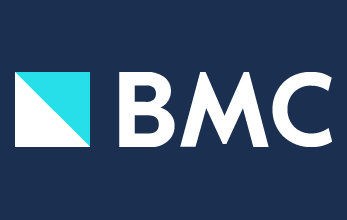Abstract
Background:
The WHO’s “best buys” and other recommended interventions are a menu of policy options and cost-effective interventions for the prevention and control of major noncommunicable diseases (NCDs). The menu has six objectives, implementing which by member states is expected to promote the achievement of the nine NCD targets by 2025. In line with their context, countries can select from the menu of best buys and other recommended interventions. Iran adopted its national action plan on NCDs, 2015, including global as well as some specific goals and targets. This study had two objectives: analyzing the gaps to reach the national targets on NCDs; and prioritizing the best buys and other recommended interventions based on multi-criteria decision-making (MCDA) method for the context of Iran.
Methods:
This is a mixed-methods study. We used qualitative textual evidence (documentary content analysis) and MCDA for prioritization of interventions based on five criteria, including a number of people to be potentially affected by the intervention, cost-effectiveness of the intervention, attributable burden (DALY per 100,000), hospitalization and variations among income levels. Data related to five criteria for each intervention were extracted from national studies and relevant international organizations. The weight of each criterion determines based on the opinions of national experts.
Results:
Out of 105 actions and interventions recommended by WHO, only 12 of them were not on the national agenda in Iran, while the six missed interventions were related to objective number 4. Only one of the best buys Group’s interventions was not targeted (vaccination against human papillomavirus, two doses of 9–13-year-old girls), for which arrangements are being made for the implementation. Encouraging and educating healthy dietary habits and increasing public awareness about the side effects of smoking and exposure to second-hand smoke, e.g., through mass media campaigns, are among the interventions in need of serious prioritization. The priority of interventions was independently calculated in the area of risk factors and clinical preventive interventions.
Conclusion:
Due to limited resources, low and middle-income countries (LMICs) need to identify and prioritize more cost-effective and more equitable interventions to combat the NCD epidemic. Based on our findings, we advocate more investment in the mass and social media campaigns to promote a healthy diet, avoid tobacco use, as well as the inclusion of some effective clinical preventive interventions into the national action plan, along the long pathway to tackle NCDs and ultimately reach sustainable health development in Iran. The use of the MCDA approach assisted us in formulating a simultaneous use of efficiency and equity, and other indices for prioritizing the interventions.



No responses yet